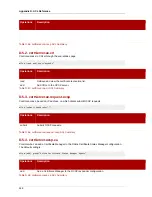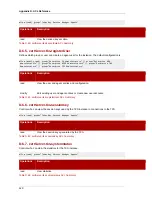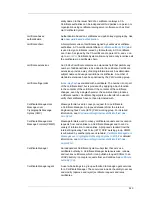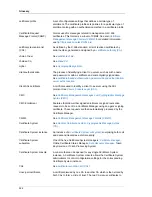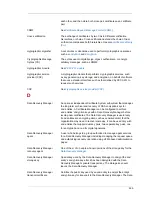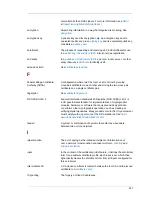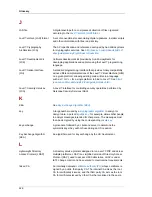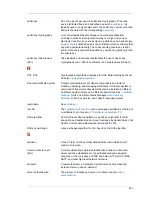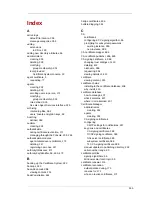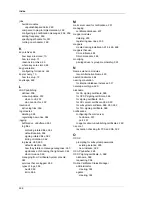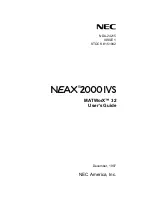
Glossary
528
J
JAR file
A digital envelope for a compressed collection of files organized
according to the
Java
™
archive (JAR) format
.
Java
™
archive (JAR) format
A set of conventions for associating digital signatures, installer scripts,
and other information with files in a directory.
Java
™
Cryptography
Architecture (JCA)
The API specification and reference developed by Sun Microsystems
for cryptographic services. See
http://java.sun.com/products/jdk/1.2/
docs/guide/security/CryptoSpec.Introduction
.
Java
™
Development Kit
(JDK)
Software development kit provided by Sun Microsystems for
developing applications and applets using the Java
™
programming
language.
Java
™
Native Interface
(JNI)
A standard programming interface that provides binary compatibility
across different implementations of the Java
™
Virtual Machine (JVM)
on a given platform, allowing existing code written in a language
such as C or C++ for a single platform to bind to Java
™
. See
http://
java.sun.com/products/jdk/1.2/docs/guide/jni/index.html
.
Java
™
Security Services
(JSS)
A Java
™
interface for controlling security operations performed by
Netscape Security Services (NSS).
K
KEA
See
Key Exchange Algorithm (KEA)
.
key
A large number used by a
cryptographic algorithm
to encrypt or
decrypt data. A person's
public key
, for example, allows other people
to encrypt messages intended for that person. The messages must
then be decrypted by using the corresponding
private key
.
key exchange
A procedure followed by a client and server to determine the
symmetric keys they will both use during an SSL session.
Key Exchange Algorithm
(KEA)
An algorithm used for key exchange by the US Government.
L
Lightweight Directory
Access Protocol (LDAP)
A directory service protocol designed to run over TCP/IP and across
multiple platforms. LDAP is a simplified version of Directory Access
Protocol (DAP), used to access X.500 directories. LDAP is under
IETF change control and has evolved to meet Internet requirements.
linked CA
An internally deployed
certificate authority (CA)
whose certificate is
signed by a public, third-party CA. The internal CA acts as the root
CA for certificates it issues, and the third- party CA acts as the root
CA for certificates issued by other CAs that are linked to the same
Summary of Contents for CERTIFICATE SYSTEM 8.0 - ADMINISTRATION
Page 42: ...20 ...
Page 43: ...Part I Setting up Certificate Services ...
Page 44: ......
Page 190: ...168 ...
Page 208: ...186 ...
Page 223: ...Part II Additional Configuration to Manage CA Services ...
Page 224: ......
Page 256: ...234 ...
Page 270: ...248 ...
Page 280: ...258 ...
Page 292: ...270 ...
Page 293: ...Part III Managing the Subsystem Instances ...
Page 294: ......
Page 408: ...386 ...
Page 438: ...416 ...
Page 439: ...Part IV References ...
Page 440: ......
Page 503: ...Netscape Defined Certificate Extensions Reference 481 OID 2 16 840 1 113730 13 ...
Page 504: ...482 ...
Page 556: ...534 ...
Page 564: ...542 ...



